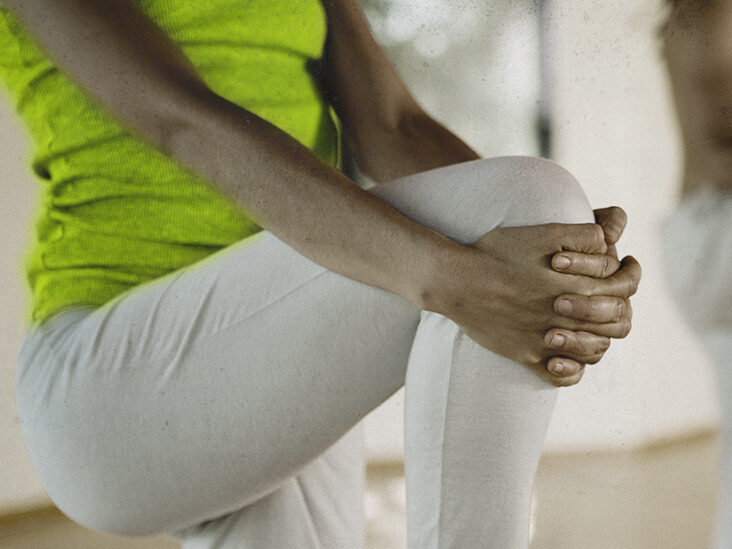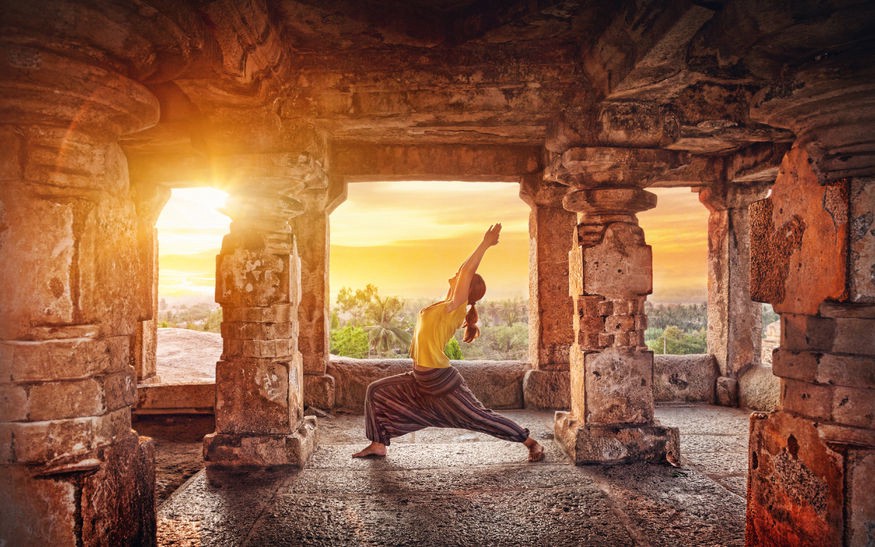
It can be challenging to pick the best yoga pose when you first start a routine. It is important to find a stretch that feels good and will strengthen your body. Even though many poses can seem difficult for beginners there are some basic steps that can be done to get the most from your practice. Listed below are three basic poses that are essential for a beginner's yoga workout. These poses are easy to master and you can then move on to more difficult poses.
One of the best aspects of beginner yoga is the connection with awareness and breath. You can sleep better, feel more present, and reduce stress by getting in touch your breath. This simple guide is sure to make a huge difference in your practice. These are some ways to get started with yoga for beginners. These are some helpful tips to get you started. These tips will help you be ready to take a class once you have mastered them.
The shoulder stand is an excellent exercise for beginners. This strengthens and flexibilises your shoulders and opens up the door to more difficult poses. It also reverses the effects of forward rounded shoulder postures. Press your hands together, roll your shoulder blades back, then extend your back. To maintain balance, turn your gaze up and focus on the ground. Soon, you will be able to finish the first few attempts.

Plank pose is another excellent starting yoga pose. This is an alternative to the plank position. The goal is to keep your elbows in line with your hips. While it might seem difficult at first this will increase your strength and engage your core muscles. Over the next few days, you will be able master more advanced versions. If you still have questions, schedule a private session with a professional or take part in a workshop.
There are many options available for beginners yoga classes. These videos are offered by several YouTube channels. These videos are approximately seven to forty minutes long and provide basic tips. After learning the basic postures, it's possible to start a 60 minute class. You should also find a teacher who understands your body. This will ensure that you are doing a good job. The classes are easy to follow and understand.
A towel and a mat are recommended for beginners to bring to yoga classes. Most yoga studios provide props. But, it's best to look online to find the best. You may have injuries or you're not familiar with certain poses, so it's best to consult with a yoga instructor beforehand. If you're not comfortable with a group setting, private sessions can provide a solid foundation for modifying any pose and avoid injuring yourself.
This type class should not be intimidating to beginners. It isn't necessary to be afraid. It is not difficult to do yoga, and you will reap the benefits. After a few sessions, you will begin to see the changes in your body. It is important that you follow the instructions of your instructor. It's important to research the best mat for you and do your homework. This will ensure you are getting the best out of your workouts.

It is important for beginners to learn as many poses as possible during a day. The most beneficial poses are those you know well and that are simple to do. You'll be surprised at how many yoga positions you can learn. Just be sure to listen to your body and modify the poses if necessary. You should not attempt to move up if you have a wrist or other injury. These poses are easy to learn and you will soon be able do them all the time.
Yoga poses for beginners need not be difficult. Experiment with your poses, and you will find the easiest one to do. You should start with a few simple and easy-to-follow poses, which are accessible to many different types of people. You can also practice yoga while on a beach or by laying on a beach. In either case, you should not try to do more than a couple of poses.
FAQ
Do Men Need A Gym Membership?
For men, a gym membership is not required. You will get more value for your money if you join the gym.
Many gyms offer free trials that let you try the facilities before you pay any fees.
You can use the gym whenever you like, and it won't cost anything. It's easy to cancel your membership when you decide whether or not you love the gym.
How does weightlifting help you lose fat more quickly?
Although weight lifting can help you lose fat more quickly, it is best to combine it with cardio exercises.
It is important to do weightlifting right after cardio exercise in order to reap the full benefits.
If done correctly weightlifting can raise your heart rate, oxygen consumption and help you lose weight.
However, if you don't combine it with cardio you won't see any significant changes to your body composition.
What is a good schedule for a 7-day work out?
Three days per week should be spent on cardiovascular training, including running, biking, swimming, and two strength exercises using free weights, weight machine, as well as one flexibility/core exercise such as yoga, Pilates. Each activity should be performed at least once each week. The total time for each session should not exceed 45 minutes.
Cardiovascular Exercise: Running/Biking/Swimming
Aim to do at least 60 minutes per week of cardio. You can aim for 75 minutes a week for best results. Cardio exercises can be used to increase blood flow, stimulate muscle growth, and improve blood circulation.
Strength Training
Cardio exercises target your heart and lungs. Strengthening your muscles and bones is the opposite. Strength training can help you burn calories even when you're not working out.
Flexibility and core workouts
Flexibility and core workouts are great ways to strengthen your entire body. Both yoga as well as Pilates are great choices.
How do I build muscle quickly?
The best way to quickly build muscle is to eat healthy and exercise regularly.
When you're fresh and ready to do something, early morning is the best time for working out.
It is a good idea to do exercises like push-ups (pushes), bench presses (squats), and so on.
Take a look at different weight training options and make sure to drink plenty of fluids throughout the day.
Is it true, that too much protein can cause kidney stones?
Protein is essential for healthy bones and tissue. However, too much protein can result in calcium excretion through the urine. This can lead to kidney stone formation.
Not everyone who eats more than 2g of protein per kilogram (2.2 lbs) of bodyweight will get kidney stones. People can eat large amounts of protein and not get kidney stones.
Watching your sodium intake can help prevent kidney stones. Sodium regulates the body's water balance. Too much sodium can cause kidney stones.
If you have kidney stones, you can reduce your intake of protein. For most people, protein provides half their daily caloric requirements. A reduction in protein intake will likely result in weight loss.
If you do decide to eat more protein, don't go overboard. Do not eat more than 20% of your daily calories from protein.
Statistics
- Get free shipping and 25% off today. (healthline.com)
- By John Thompson Take a whopping 38% off a set of PowerBlock Pros. (menshealth.com)
- 10 pounds in a month is likely during a lean bulking phase, especially for beginners. (muscleandstrength.com)
- Cardmembers earn 5% Back at Amazon.com with a Prime Credit Card. (amazon.com)
- Are You One of the 20% of Guys (mh.co.za)
External Links
How To
What should I have before I go to the gym?
In order to lose weight, you must eat fewer calories that you burn through exercise. Also, you must eat all the nutrients.
These include protein, carbohydrates and fats as well as vitamins.
You can do this by eating smaller meals throughout your day instead of three large ones.
If you are too hungry when working out, you might not perform as well as if you had appropriately eaten beforehand.
Water is better than energy drinks that contain sugar and caffeine. This keeps you hydrated and energized.
You should ensure that you get enough fluids. You could lose electrolytes if you drink too much water.
Electrolytes are essential for the body's proper functioning.
If you don't have access to water, you could drink sports drinks. They contain sodium, potassium, calcium, magnesium, and other minerals.
These electrolytes can be replenished by this method. However, they still won't replace what you've lost from sweating.
You can take multivitamin pills if you are concerned about salt loss during exercise.
These supplements contain additional vitamin B6, which can help regulate your body's sodium levels.
Supplements are not recommended if you don’t know the amount of salt in your food or beverages.
They are not regulated by Food and Drug Administration (FDA).
Sports drinks, for example, can have higher sodium levels than others.
Some sports drinks may contain artificial sweeteners or other preservatives. These could cause digestive problems.
If you're concerned about salt intake, sea salt could be used.
It contains fewer chemicals that table salt.
Sea salt also has low levels of iodine which is another mineral that is essential for healthy thyroid function.